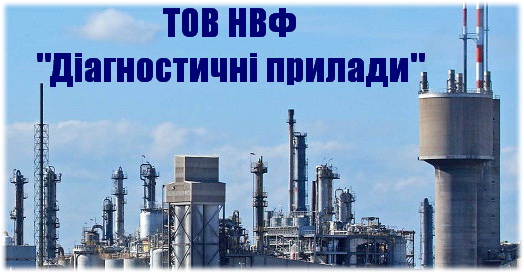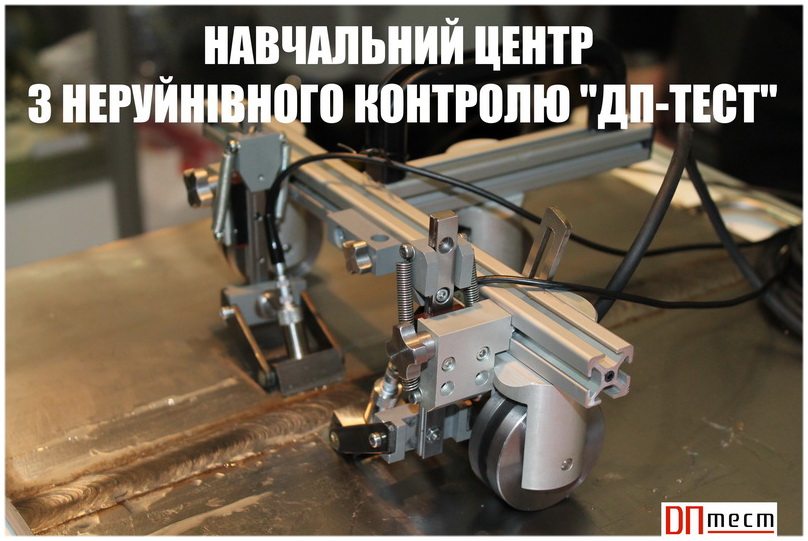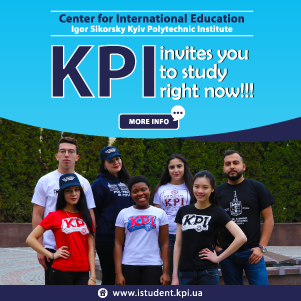The Master's thesis consists of an introduction, seven chapters, conclusions, and a list of references. It also contains 182 pages, including 65 figures, 32 tables, and 125 sources.
The aim of the Master's thesis is to improve the productivity, reliability, and rhythm of the technological process for sorting fruits of vegetable crops by developing an intelligent automated sorting system. To achieve this goal, methods of machine learning, computer vision, and deep learning algorithms were employed. The results of the work demonstrated a high classification accuracy of the fruits, which allows for the effective use of the system in real production environments.
- Hits: 295








